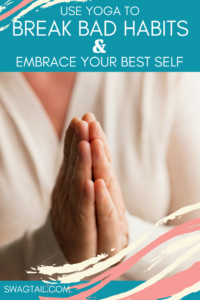 In my early twenties, I had a host of unwanted habits, one of which was internal anger. I wasn’t the person who would explode at any little annoyance. Instead, I was an emotional stuffer. My body retained tension from any situation in which I felt little or no control. Then, at the least expected moment, I’d snap. In attempt to break this bad habit, I tried talk therapy. I read self-help books. I tried to relieve this inner frustration by running, lifting weights, and lots of physical activity. It wasn’t until I tried yoga that I found lasting emotional change. I learned how to use yoga to break bad habits, and embrace my best self through awareness, movement, focus, and meditation. And, it was much easier- and way more fun–than I ever thought possible.
In my early twenties, I had a host of unwanted habits, one of which was internal anger. I wasn’t the person who would explode at any little annoyance. Instead, I was an emotional stuffer. My body retained tension from any situation in which I felt little or no control. Then, at the least expected moment, I’d snap. In attempt to break this bad habit, I tried talk therapy. I read self-help books. I tried to relieve this inner frustration by running, lifting weights, and lots of physical activity. It wasn’t until I tried yoga that I found lasting emotional change. I learned how to use yoga to break bad habits, and embrace my best self through awareness, movement, focus, and meditation. And, it was much easier- and way more fun–than I ever thought possible.
In the book, Breaking the Habit of Being Yourself, by Dr. Joe Dispenza, the author highlights the brain science behind become the person you desire. I’ll share his main points below, and illustrate how to use yoga to break bad habits. Ready to embrace your best self? Let’s go!
WHO ARE WE?
In order to understand how to make any personal changes, it’s essential to grasp how humans are wired.
We are electromagnetic beings, comprised of energetic pulses moving through time and space. While we appear to be solid, we’re really just pure energy (or prana) vibrating at a certain frequency which gives each of us a unique shape, size and texture. Emotions that we experience are also energetic frequencies and they begin to form the layers of our identity. Each experience, interaction, and relationship leaves an emotional residue in the body. The length and intensity of those emotions have an effect is what Dr. Dispenza calls the “refractory period.”
- If the emotion lasts a few hours or a few days, it’s known as a mood.
- If the emotional signature lasts weeks or months, it becomes our temperament.
- Yet, if the emotion pattern lingers over the years, it defines the personality.
The end result? Emotional frequencies define our personality and our identity. The question then begs to be asked: Are these emotional habits of my identity in alignment with my best self?
WHY DO BAD HABITS SEEM HARD TO BREAK?
As time passes, more and more emotional patterns get set in place. We get attached to that identity. We’re the person who’s funny, who likes adventure, who dislikes mushrooms and despises small spaces. We are known as the athlete, the engineer, the artist, the parent, the entertainer. You name it. You become it.
If we are attached to our identity labels, or the chemicals released by our memorized patterns of emotions, then we seek to create the same experiences over and over again that will affirm those same emotions. Often, this is done subconsciously.
What’s even more crazy, is that by the time an individual reaches their mid-thirties or early forties (somewhere in the middle of their life), they have had enough experiences–in a variety of categories—that they begin to anticipate the outcome of an experience before engagement even begins. Said another way, our minds and bodies have so memorized the emotional responses from the past that we pre-judge an event, relationship, or experience before any participation even begins.
This is all fine and dandy if the emotional responses are positive, right?
When you’ve succeeded in the past or been able to find an ecstatic, flow experience doing something that you love, you’d be stoked for more of those life-affirming neurochemicals to blast throughout your system. Since we’re talking about bad habits, though, negative emotions tend to be at their root such as guilt, shame, anger, or fear. These are emotions we generally want to hide.
When we’re young, the excitement of new life experiences can overshadow these undesirable emotions. There’s the busy-ness of school, starting a career, meeting new people, getting married, starting a family, or starting and practicing new skills. Any bad habits get placed on the back burner of our attention.
Or, if we tried to tackle them head on, it’s was done by altering any number of those external factors first.
In either case, the real culprit behind the bad habits does not get addressed and you keep creating situations that reinforce the unwanted emotional patterning. Thus, change can seem difficult or darn near impossible.
HOW DO WE CHANGE?
Failing to successfully change unwanted habits generally leads to two options.
Option 1: You double down on the new experiences to feel better or different. This is often the mid-life crisis where people buy the new sports car, go on a long vacation, or redecorate their homes entirely (despite the kids being grown and gone). Or, on a simpler level, one can turn on the TV, surf the internet, or text a friend… all in an effort to remain easily distracted from unwanted feelings inside.
OR
Option 2: You switch tactics, discover the negative emotional root behind unwanted habits, and build an internal stability that honors and connects you to your best self.
Photo Credit: Stephen Leonardi
CHANGE STARTS WITH AWARENESS
One of the basic tenants of the yoga practice is to cultivate awareness. This is for good reason. In order to make any lasting changes, it is essential to take on the role of an observer and objectively view the duality that has potential to keep unwanted habits in motion.
Pause for a moment, and look down at your two hands. Imagine that one hand represents the aspect of yourself that is concerned about how you appear to others. This is how you portray yourself to the world, and the identity that you project in social settings. This hand also represents the external factors by which you define yourself.
Complete these sentences to discover your façade:
- The roles I most play during the day include:
- The items I own that I value most are:
- The places I most enjoy traveling to include:
- My current occupation is:
- I find success easily when doing:
Now look at your other hand. This one is represented by who you really are when all of the elements of the external environment are removed. If you are able to sit long enough, without doing anything, you will begin to feel something. Those sensations will reveal the emotional patterns that have developed over time. They will also shed light on your vulnerabilities, and whether or not you are comfortable with your unique imperfections.
Complete these sentences to discover aspects of who you really are:
- The last time I was able to sit quiet without my phone or other distractions was:
- What I love about myself most is:
- What I would hate for others to know about me is:
- The three characteristics that best define me are:
- I believe that after I die, my soul:
At the core of our being, we are love, joy, and pure potential. However, if negative emotional patterns have clouded our view of this, there is a large separation between our two hands. This is what Dr. Joe Dispenza calls the identity gap. If feelings such as dissatisfaction, anxiety, discomfort, or shame are present, then the need to hide those emotions becomes greater. The gap widens as we try to hide these internal insecurities. When you identify what negative emotions exist, and the size of your current identity gap, you’re ready to move on to making powerful changes.
Photo Credit: Taylor Leopold
USE YOGA TO BREAK BAD HABITS
Now it’s time to release those beliefs and feelings that are behind the habits. The easiest way to do this is to un-memorize the unwanted emotional patterns associated with them. Yoga helps to do this in three direct ways:
1: Yoga offers the chance to experience something new.
Change comes from going outside of our comfort zones and our memorized emotional patterns. As a yoga teacher, you have the gift of creating the space for students to embrace change with a positive outlook. Placing the body in new and uncommon positions alone is enough to upset the usual flow of chemical information to the body. Switching up the sequence of postures, the music selection, or the class themes, continually keeps the learning fresh and fun. This causes the brain to think and feel in unpredictable ways during each yoga session and connect more powerfully to the present moment.
Remind students that this is happening for them. Let them know that chemical signals in the body are recording this time on their mat and embodying these changes on all levels. An added bonus is that no additional mental effort is required to receive these benefits. They just show up, and breathe their way into new levels of being with each posture.
2. Yoga encourages contemplation.
One of the simplest way to get rid of bad habits is to transcend the emotions of past experiences and exchange them for understanding. Yoga invites you to look at the these, without judgement, and learn from them. Consider why certain events took place, why specific people entered your life, and how you have changed for the better as a result. As Dr. Dispenza says, “A memory without the emotional charge is called wisdom.” Contemplation allows this wisdom to grow. It also inspires you to think about who you might become in the future. This change of thinking causes the brain to work in new ways. Inevitably, this changes your mind and your habits.
3. Yoga unifies the mind and body.
To experience lasting change, the mind and the body must work together to create a new internal landscape that surpasses that of the external world. For example, imagine your students focusing on the topic of compassion or internal stability as they breathe through the difficulty of holding Warrior Two. In this instance, they are learning to repeat those positive emotions despite any outside, or unwanted, condition. These uplifting feelings then release a host of powerful neurochemicals into the body, and the new chemical patterns of the body and mind get memorized by the cerebellum. The internal chemical state also becomes part of the subconscious programming, the new internal norm which directly affects all situations and relationships long after they leave their yoga mat.
By looking at your life through a different lens of consciousness, by uncoupling negative emotional charges from your past, you make the decision to be free today. You make the choice to change for the better. And, you free up the physical, mental, and emotional energy that was once used to frivolously support unwanted behaviors. The next question becomes: What are you going to do with all that energy?
HOW TO EMBRACE YOUR BEST SELF
Ideally, you will put that energy into becoming the best version of yourself. When you close the identity gap, and your true self becomes one with how you appear to the world, your best self has a chance to shine. You can be transparent and transparent. You can connect confidently to who you are. And, you can use the energy of the mind and body to powerfully create your future. Anjali Mudra, the yoga seal taken at the end of class, demonstrates this union beautifully.
As the hands come together at the heart, the power of who you really are (represented on one hand), connects with how you appear to the world (represented on the other). It’s a perfect gesture to acknowledge that the time on your mat removed limiting emotional patterns that were no longer serving you, and freed up an incredible amount of energy that can now be used in other ways. It also symbolizes how your bright and loving true-self is welcomed, with transparency, into all areas of your life. This level of authenticity is one of the best “offerings” you can give yourself, your students, and the world.
RECOMMENDED BOOKS
If you want to learn more about energetic alignment and how to move into the next best version of yourself, then check out these great books.
Some of the links in this post are affiliate links. Any purchases you make help to support this blog at no added cost to you. I only recommend products that I stand behind, and if you ever have any questions about any of the products featured on my site, please email me. Thanks!


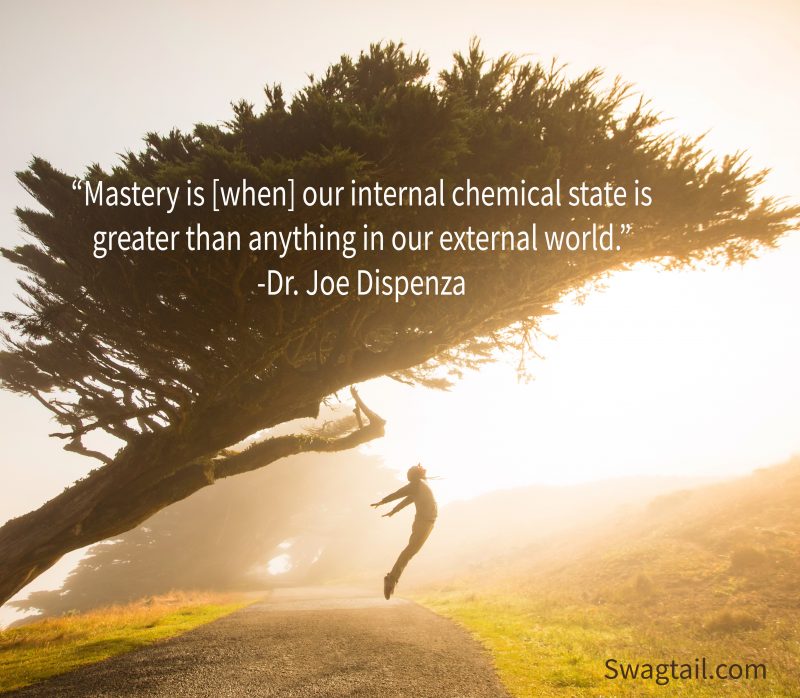
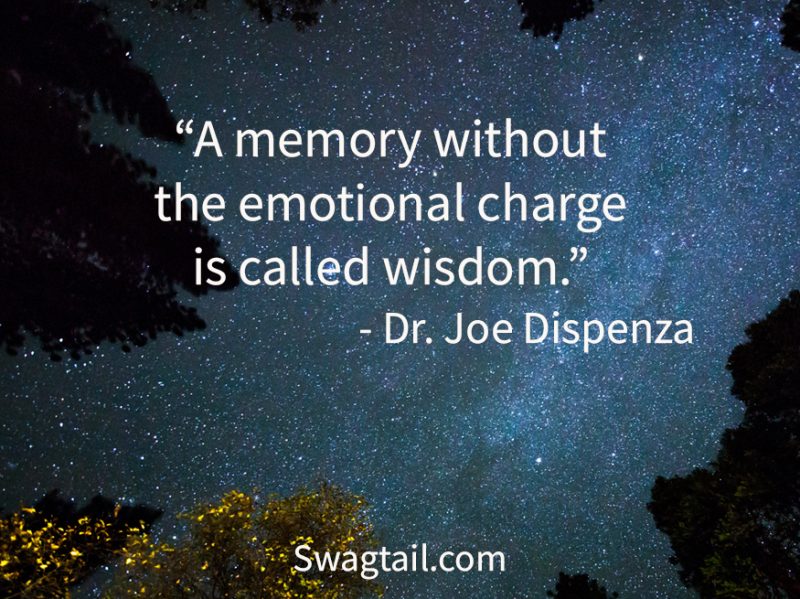
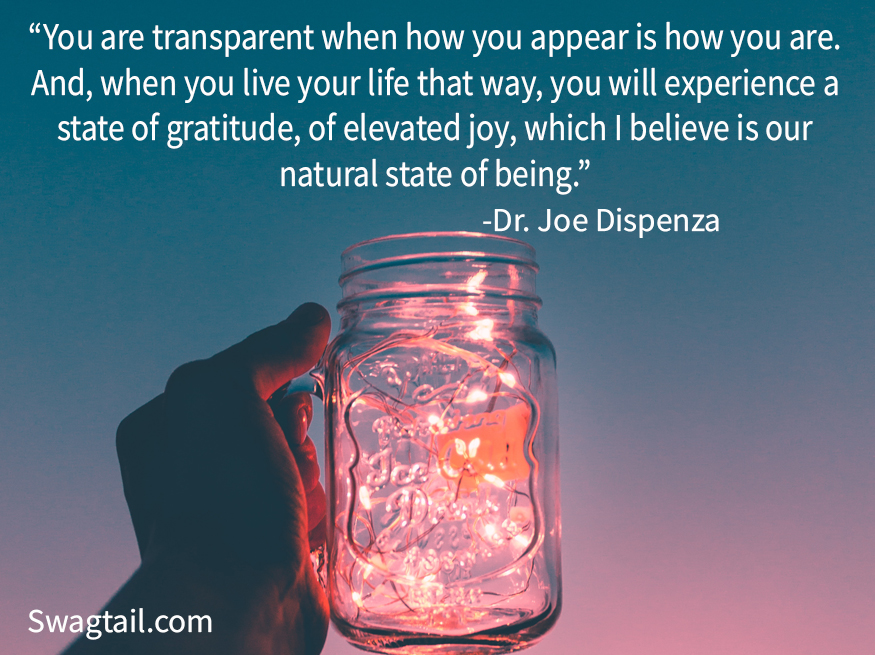




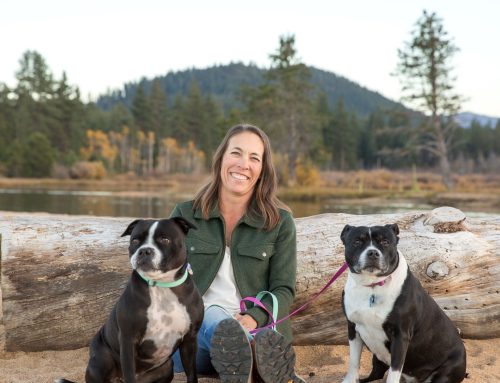


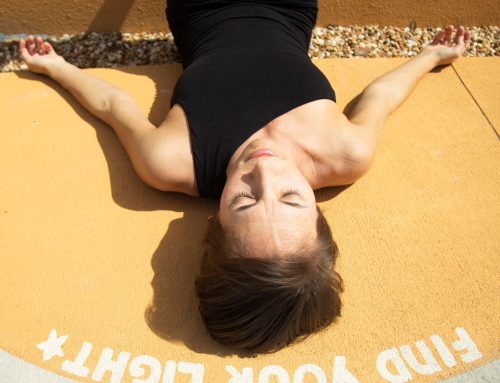


Leave A Comment